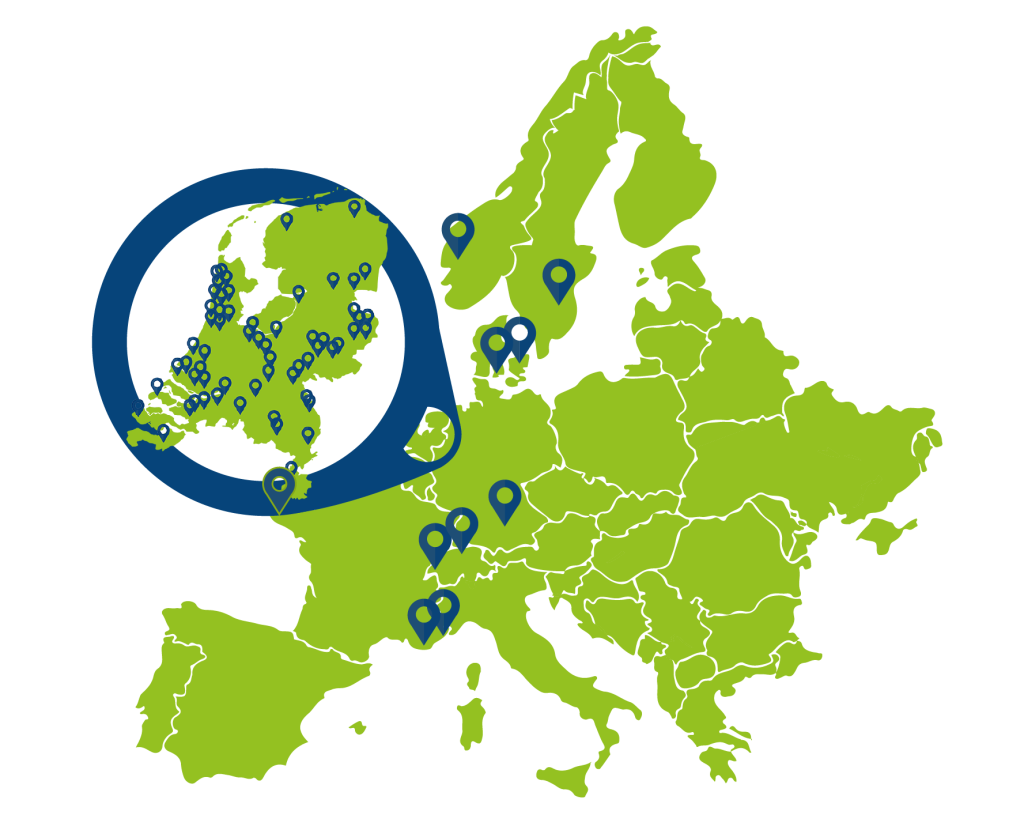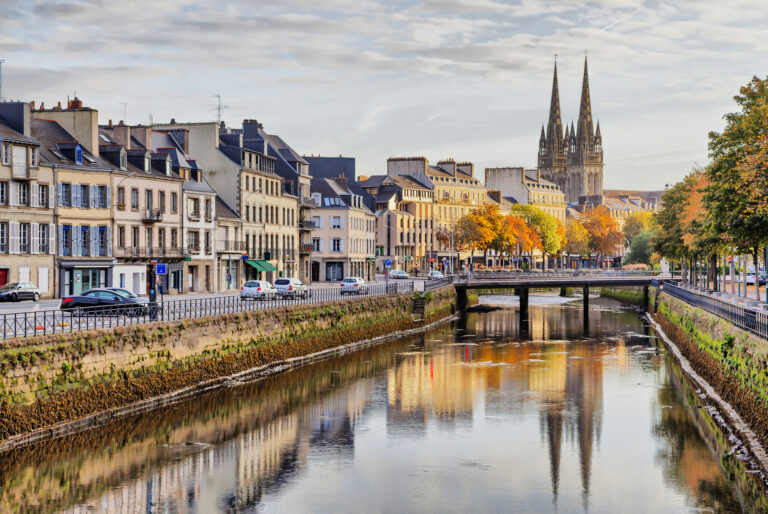
Clean streets in the historic city center
In the center of Quimper, a city where history and modernity come together, there was a challenge with waste collection. With 5 underground compactors containers, this French city changed its
Town-centre streets can be plagued with giant wheelie-bins, different refuse collection operators and collections days. Every shop and hospitality venue may well have its own waste-collection contract. Each of them requires their own wheelie-bin and own collection service. That’s just one picture of how congested and untidy some town centres can be.
The Presstation Bin provides for less congestion and more space around town. Each business is given its own smaller-sized 240-litre wheelie-bin, which is easy to place indoors. Waste is collected at a central location. An integrated tilt-mechanism enables town-centre traders to empty these smaller wheelie-bins 24/7.
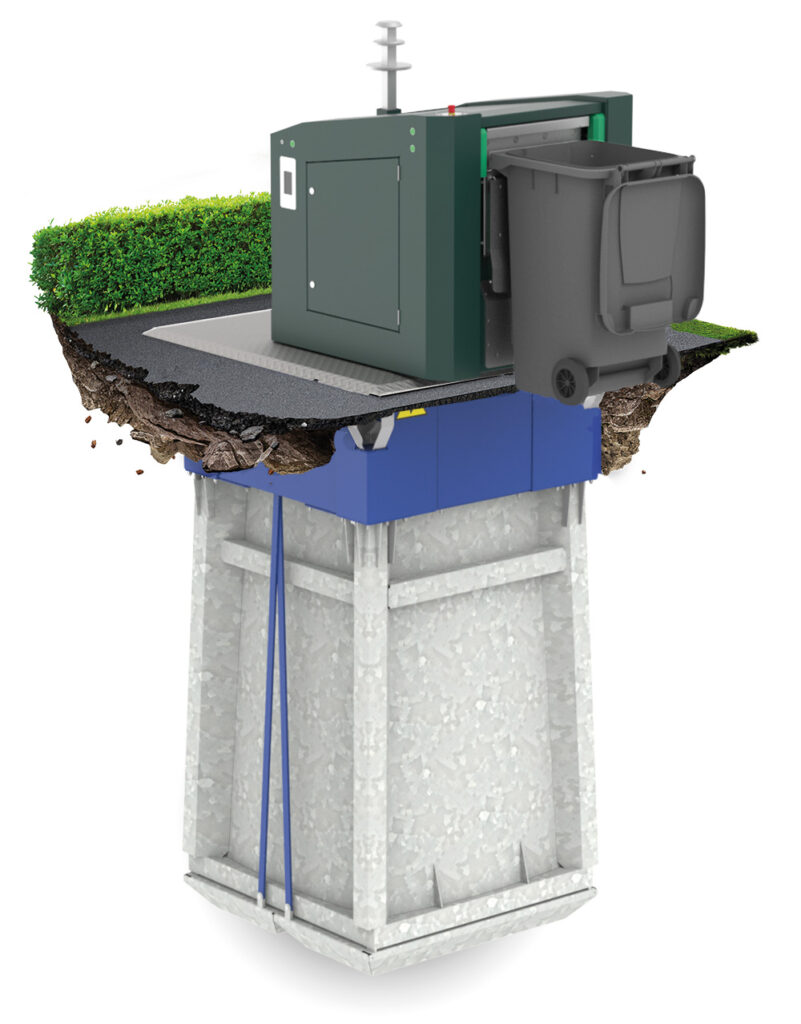
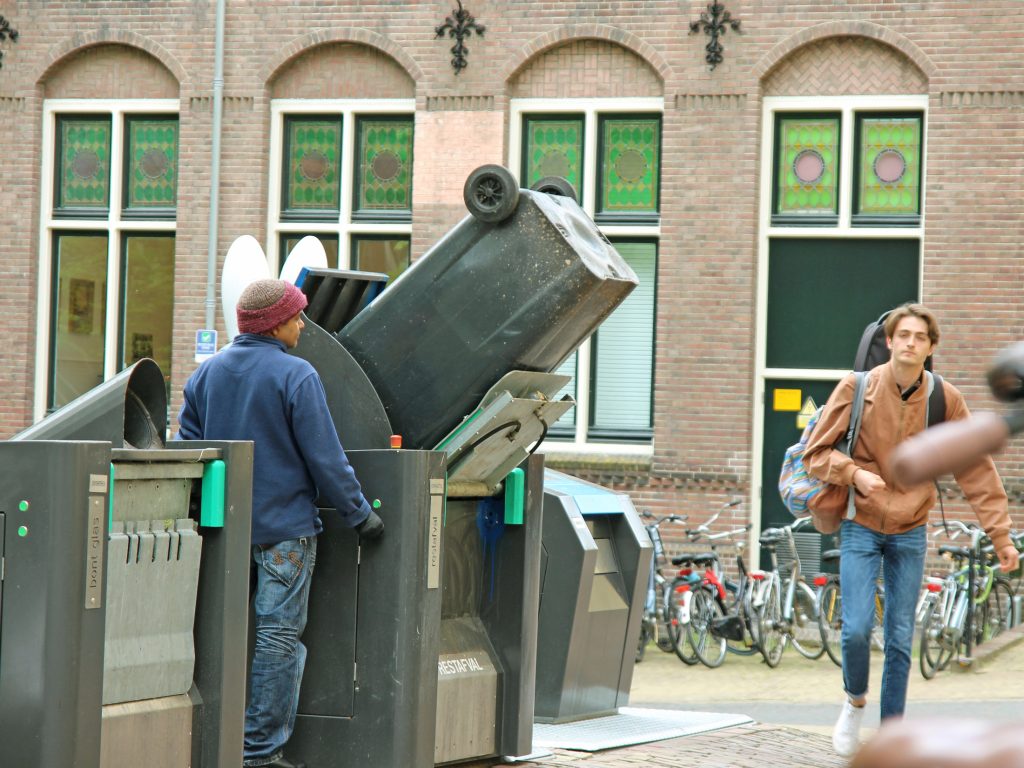
The Presstation Bin gives businesses numerous benefits. The 240-litre wheelie-bin can be emptied at any time of the day or night. Payment is made according to the number of times the wheelie-bin is emptied. The more waste you have, the more times you need to empty. The less waste you have, the less you need to pay.
Overall costs will work out cheaper because the waste-collection costs will be spread over a number of traders.
Municipalities want congestion-free centres. Less traffic means more space and a tidier appearance. The Presstation Bin provides high-capacity waste at a central location. Fewer collections are needed. Use of the smaller-sized wheelie-bins helps remove larger bins from the streets.
Versions of the Presstation Bin are also available for residual waste and plastic packaging. Depending on the type and composition of the waste, compaction factors of 6 to 10 can be achieved.
There is also a Bin version available for glass, but this is without the compactor mechanism.
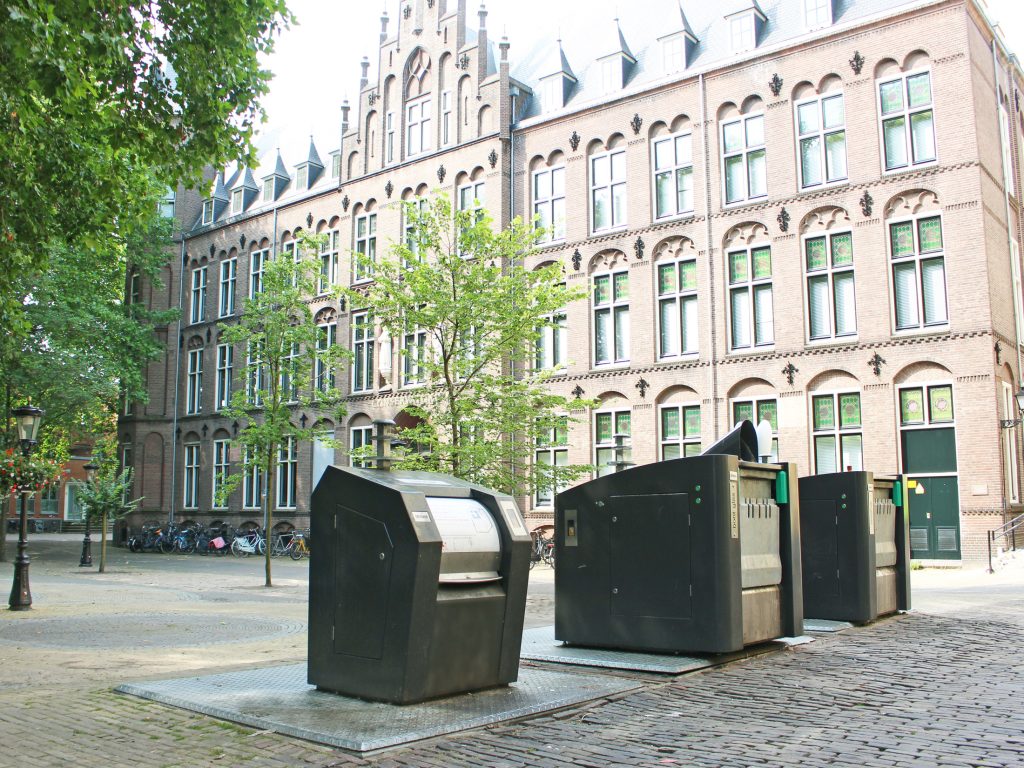
The Presstation Bin is an underground compactor which incorporates a tilt mechanism for emptying the 240-litre wheelie-bins. Once the bin has been pushed up against the Presstation Bin, the waste-disposal pass can be swiped on the sensor. The user then presses two buttons simultaneously. The wheelie-bin is then automatically emptied. The compactor mechanism provides six to ten times more capacity.

Steenwijk has an old town centre with limited space.
‘The municipality asked me how we could get rid of giant bins from the town-centre streets,’ Marttje Daling, project manager for the Steenwijkerland municipality explains. ‘These bins were unsightly, gave off unpleasant smells and the different contracts traders had meant more traffic congestion.
The Presstation Bin seemed to offer the perfect solution.’
Marttje Daling, project manager at Steenwijkerland municipality
To compress all the waste, the container uses a steel auger, which forces the waste down. The fuller the container gets, the greater the compression force. This is how the compactor achieves its high waste capacity levels.
The mechanism has been designed so ingeniously that the value of the waste is retained. That’s good for sorting the waste, whether at source or afterwards.
Sidcon’s approach is unique and as such has developed a robust, extremely high-capacity means of waste collection.
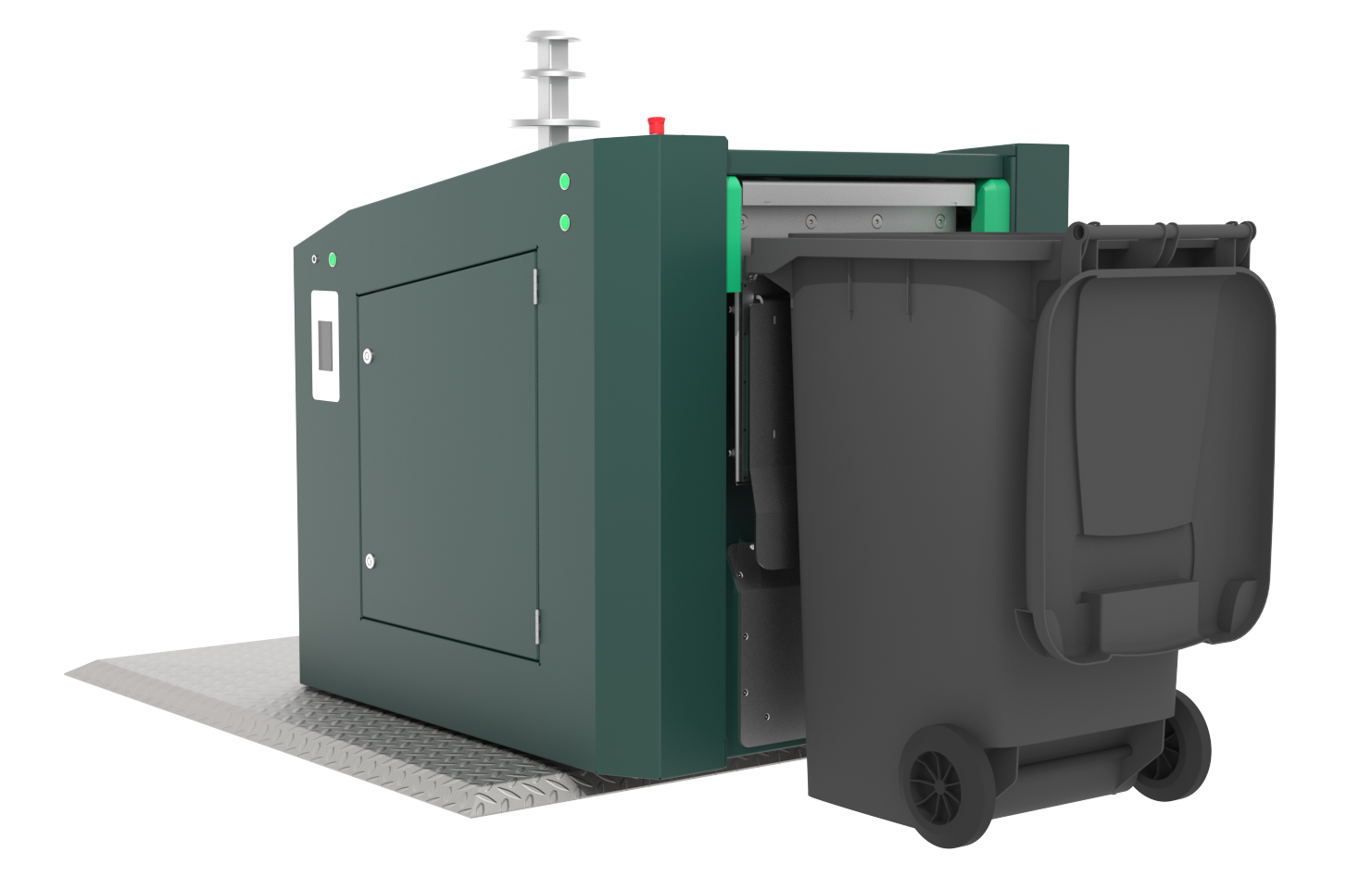

In the center of Quimper, a city where history and modernity come together, there was a challenge with waste collection. With 5 underground compactors containers, this French city changed its
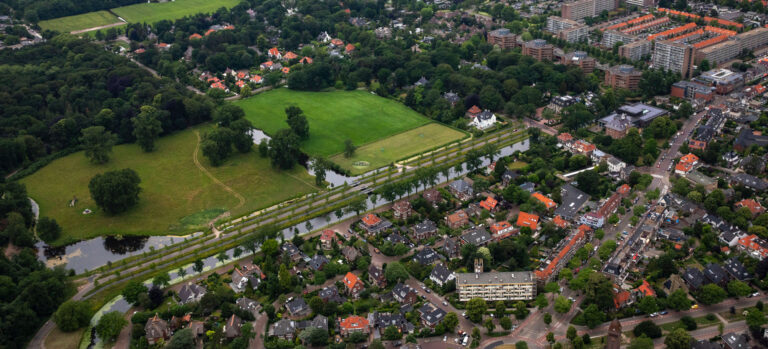
Meerlanden, formed from a merger of municipal services, provides waste collection across 8 municipalities in North and South Holland, including Diemen, Noordwijk, and Bloemendaal. Operating over such a wide area

In 2022 the city of Cannes in the south of France was using 16 new underground compactors for residual waste and plastic packaging. “These underground compactors make our city cleaner
